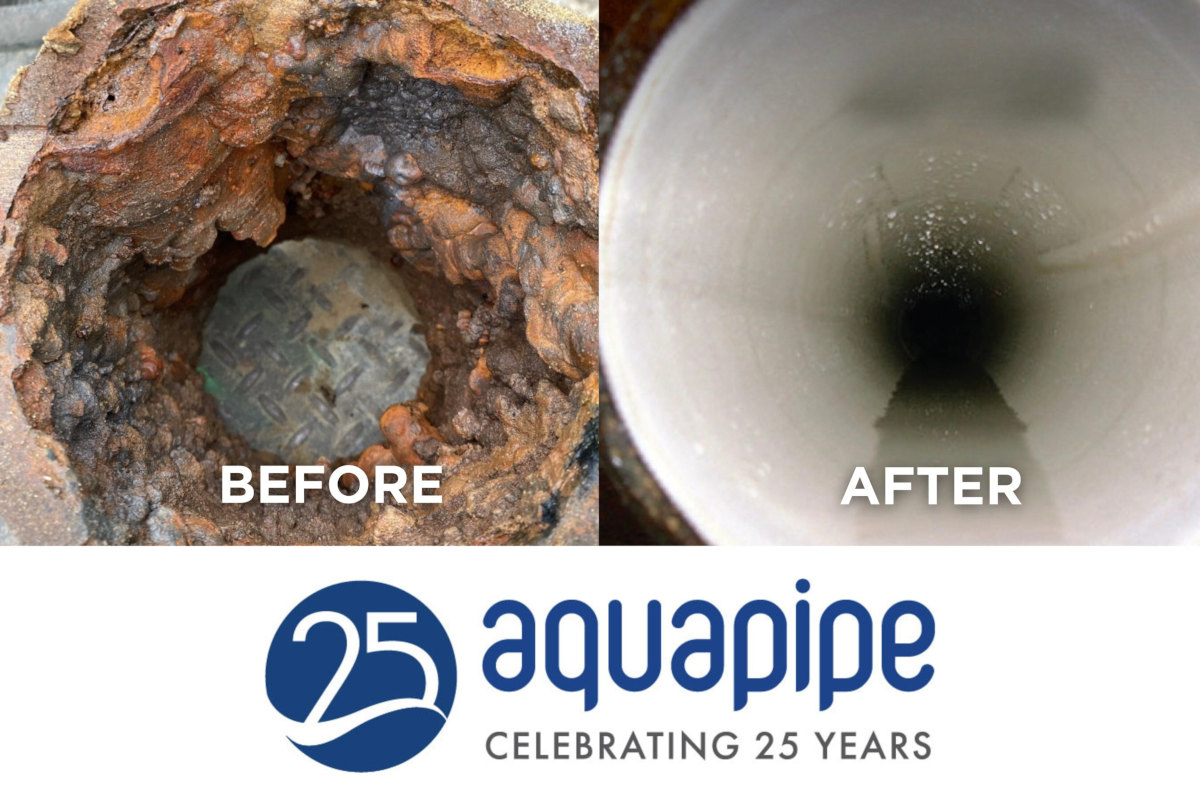
The Right SUE Information for Your Trenchless Project
Successful trenchless installations require reliable, accurate utility information that is specific to each project. The scope of work that dictates what data is gathered in the subsurface utility engineering (SUE) investigation may be different depending on the project.
Pipeline installations have successfully used trenchless technologies on projects to mitigate the risk of existing utilities. Profile and cross-section data is often required for trenchless methodologies used in areas with dense utility congestions. Existing material properties and structural considerations may be required when considering open cut versus trenchless utility crossings.

Standard Guidance
The Standard Guideline for Investigating and Documenting Existing Utilities, ASCE/UESI/CI 38-22 (ASCE-38) guides the utility engineer performing the utility investigation. The data that is gathered in the SUE investigation may not be the same for every project and different trenchless applications require different data at certain points in the project. The ASCE-38 standard provides guidance on how to gather and interpret data. It is up to the responsible utility engineer to work with the project team and consider what data is critical to support the design decisions. The SUE investigation is specific to the project requirements.
Utility congestion may pose a risk to the project within intersections. Pipeline projects may use short sections of trenchless installations in combination with open cut sections to avoid complicated traffic staging around intersections. These areas typically include utilities running in both directions, parallel and perpendicular to the proposed drill path. Open cut would require multiple traffic stages and disruption to local residents over a longer period of time compared to trenchless. In this case it is more important to understand the complexity of the alignment of the existing utilities.
Drill path is typically looking for a shallow zone above the sewers in a depth similar to the utility being replaced or installed. In these instances, the SUE investigation is focusing on depths (obvert) for the sewers and test holes to expose and verify the depth of utilities along the crossing. The field work can be completed with minimal impact during the early data collection phase.
The data gathered will give the designers an accurate cross-section along the proposed drill path to plan the correct routing for the new utility in X, Y and Z. Surface launch and exit zones can typically be accommodated within areas where there is less utility congestion. Utility information gathered in these areas is typically focused on the horizontal alignment to confirm adequate clearance at the surface.
Open cut installations require that utility crossings be supported during construction. Support measures need to carefully consider the structural integrity of the existing utility when the surrounding soil has been removed. Existing utility installations within pipes, ducts and concrete encasements are not designed to be self-supporting. The soil beneath the utility provides a structural bed that may compromise the utility if disturbed. For other installations the surrounding soil on all sides is an integral structural component of the system. Where new installations are proposed in proximity to the existing utilities the material and age of the utility will become critical information. The utility engineer may need to rely upon detailed engineering record drawings where the source data is reliable. Test holes can provide additional information and confirm record data. Additional consideration should be given to the location and existence of restrained joints for pressure pipes and soil surrounding thrust blocks. Buried power transmission cables require specific backfill with low thermal resistance.
The SUE investigation can assist with the precise location of the buried utilities and additional data gathered for the existing installation materials and structural components that may exist. Trenchless installations often provide a preferred option to ensure the structural integrity of the buried utility is not compromised.

Documenting the Installation
Documenting utility information during the installation is an important step that often gets overlooked. There are 2 standards that provide guidance to the utility engineer for these situations:
- Standard Guideline for Recording and Exchanging Utility Infrastructure Data, ASCE/UESI/CI 75-22 (ASCE-75)
- Mapping of Underground Utility Infrastructure, CSA S250:20 (CSA-S250)
These similar standards exist to establish a common method for recording and sharing data so that future projects have the benefit of reliable utility information. These standards provide guidance for what information should be documented and how it needs to be measured and verified in the field.
Both the ASCE-75 and CSA-S250 describe the different levels of accuracy assigned to utility segments. The required accuracy would be specific to each project and would need to be discussed prior to construction based on the project requirements. For trenchless installations survey points at the exit and entry would be documented. Boring logs for the drill path would be collected and documented for areas where direct measurement cannot be obtained.
Professional practice standards are available from the engineering regulators and describe the engineer’s duty to verify information for record documents and the use of the professional engineer’s seal and signature.
It is important to work with the utility engineer completing the SUE investigation to ensure the design team has the right information at the right time and location in the project to make the best decision for trenchless applications.
Blaine Hunt, P.Eng., is director of engineering and quality, Canada for T2 Utility Engineers.




